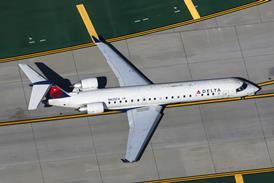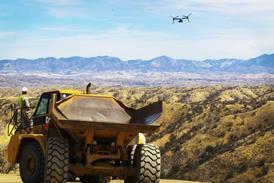The term JAA stands for Joint Aviation Authorities, an associated body of the European Civil Aviation Conference representing the civil aviation regulatory authorities of a number of European states that have agreed to co-operate in developing and implementing common safety regulatory standards and procedures. This co-operation is intended to provide high and consistent standards of safety and a "level playing-field" for competition in Europe.
All the major European countries supposedly operate to the same JAA standard, but as all pilots are aware, this is certainly not the case. The main culprit is France, which refuses to allow pilots aged 60 to operate in its airspace when acting as pilot in command for commercial purposes. Should that pilot be operating an Airbus or Boeing privately, there are no restrictions, as long as that pilot holds a valid class one medical and is current with his flight checks.
The value of the JAA is beyond my comprehension when each individual country can vary the way the rules work to suit. Italy, for example, can substitute an extra inertial navigation system for an additional crew member to lengthen extended-range twin operations flights. It's certainly more cost effective than having another pilot, but is it safer?
As to the ability of older pilots to learn new skills, why is it that all the top surgeons, with few exceptions, are allowed to operate up to the age of 70. They are constantly learning new and difficult skills, and I know who I would sooner have operating on me.
Capt Peter Shaw UK
Source: Flight International























